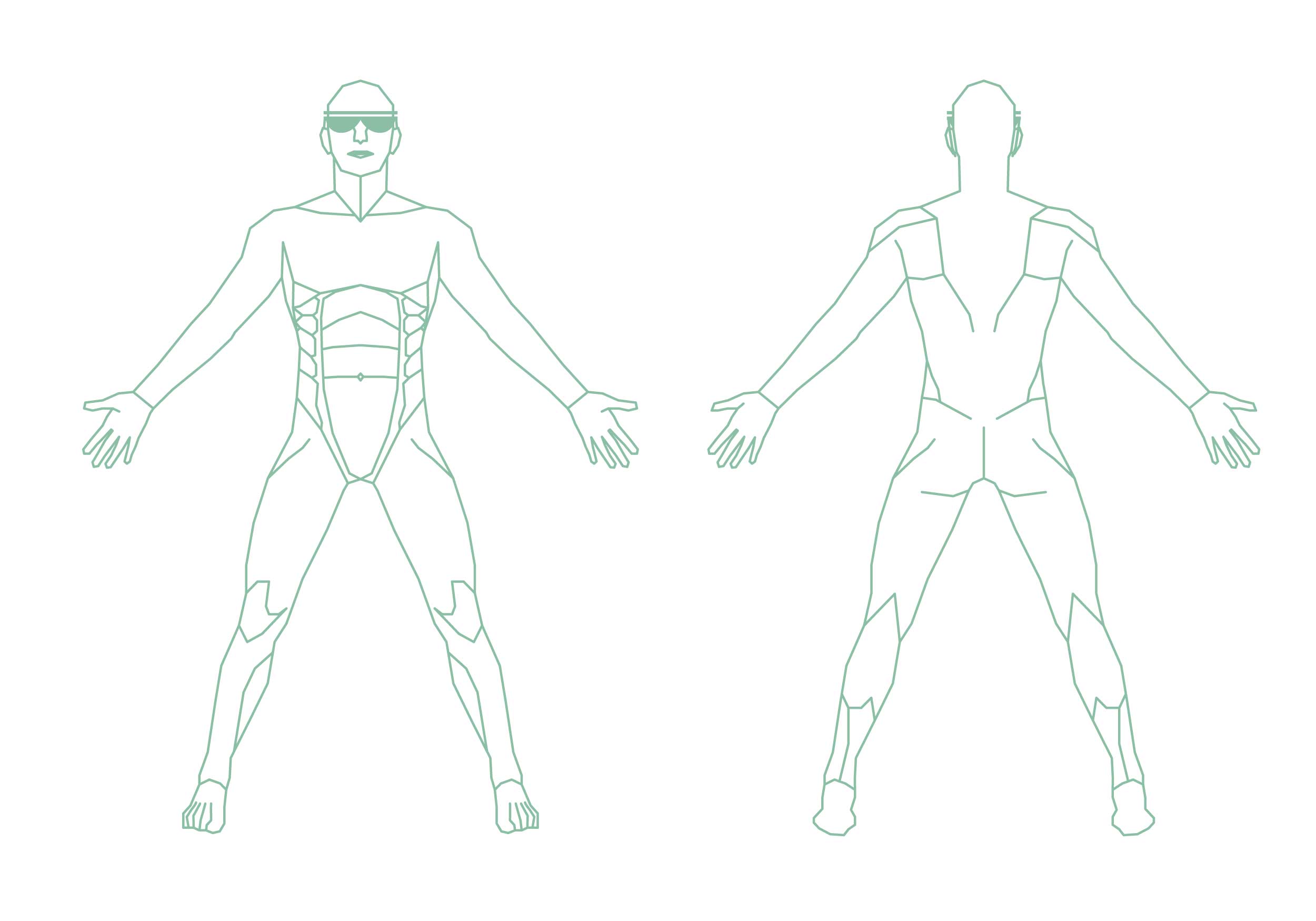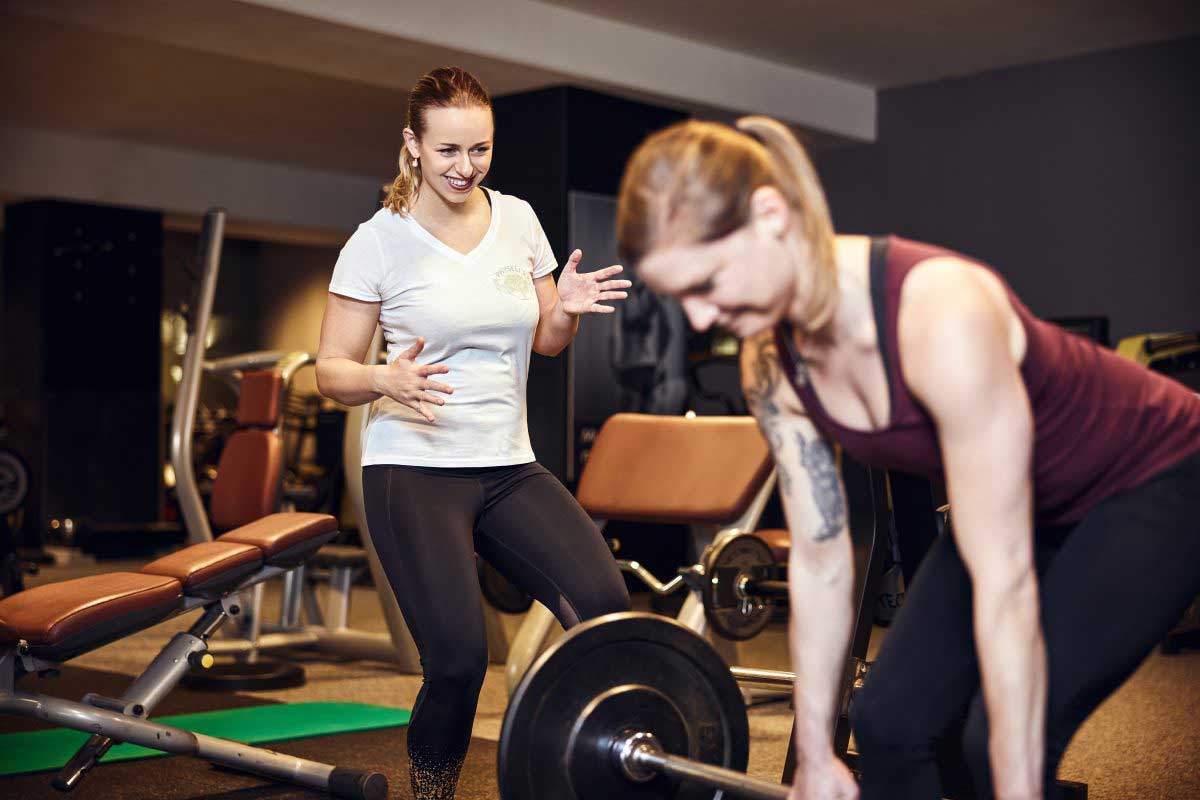
Physiotherapy (incl. sports physiotherapy)
You are right here!
for outpatient rehabilitation after operations (new cruciate ligament, knee arthroscopy, shoulder operations, new hip/knee joint,…)
for rehabilitation after (sports) injuries (getting fit again for everyday life/ return to sport: weight training, running, ball sports, pole dancing)
for rehab for chronic pain or discomfort (nerve pain, neck pain, back pain, tendon irritation…)
if you finally want to be more painless again
if you want to get fitter and healthier and want to have a preventive physio check-up
if you want a preventive physio check in weight training / bodybuilding or if you are injured
if you want to work on your technique in weight training (squats, deadlifts,..)
- to redeem your medical prescription 😉
e.g. “45 min. Physiotherapy (EHG), 15 min curative massage (HM)”
if you are ready to take your health into your own hands, but need help with the implementation!
Physiotherapists
These extras can take place in the course of physiotherapy:
free use of the fitness center INJOY always on therapy / training days and 1 month free use at any time
Our specialties
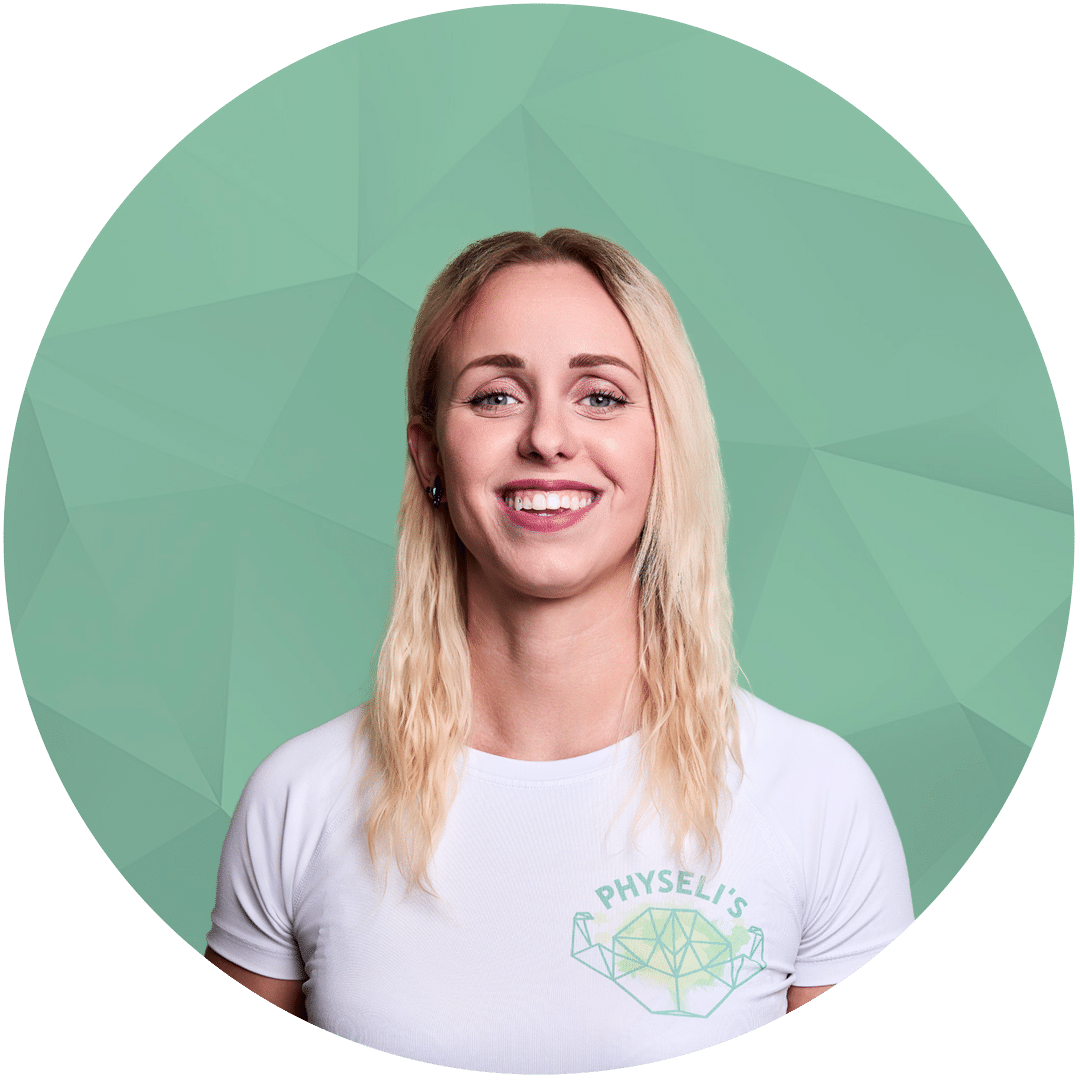
Rehablitation after injuries
Bodybuilding / Powerlifting / Weightlifting:
e.g. muscle injuries, various overuse injuries, slipped discsPole dancing:
e.g. rotator cuff rupture/injuries, various shoulder injuriesPost Partum:
Muscle building / strength training / back to sports after pregnancy.Everyday Heroes:
e.g. meniscus tear
Persistent problems
Nerve pain:
Cervicobrachialgia, carpal tunnel syndrome, radiculopathy cervical spineTendinopathies:
e.g. impingement, tennis elbow/golfer’s elbow, achillotendinopathyPerception:
Disturbances of body perception (in mental illnesses)
Prevention & resilience enhancement
Body shaping / slimming / muscle building training for beginners to advanced
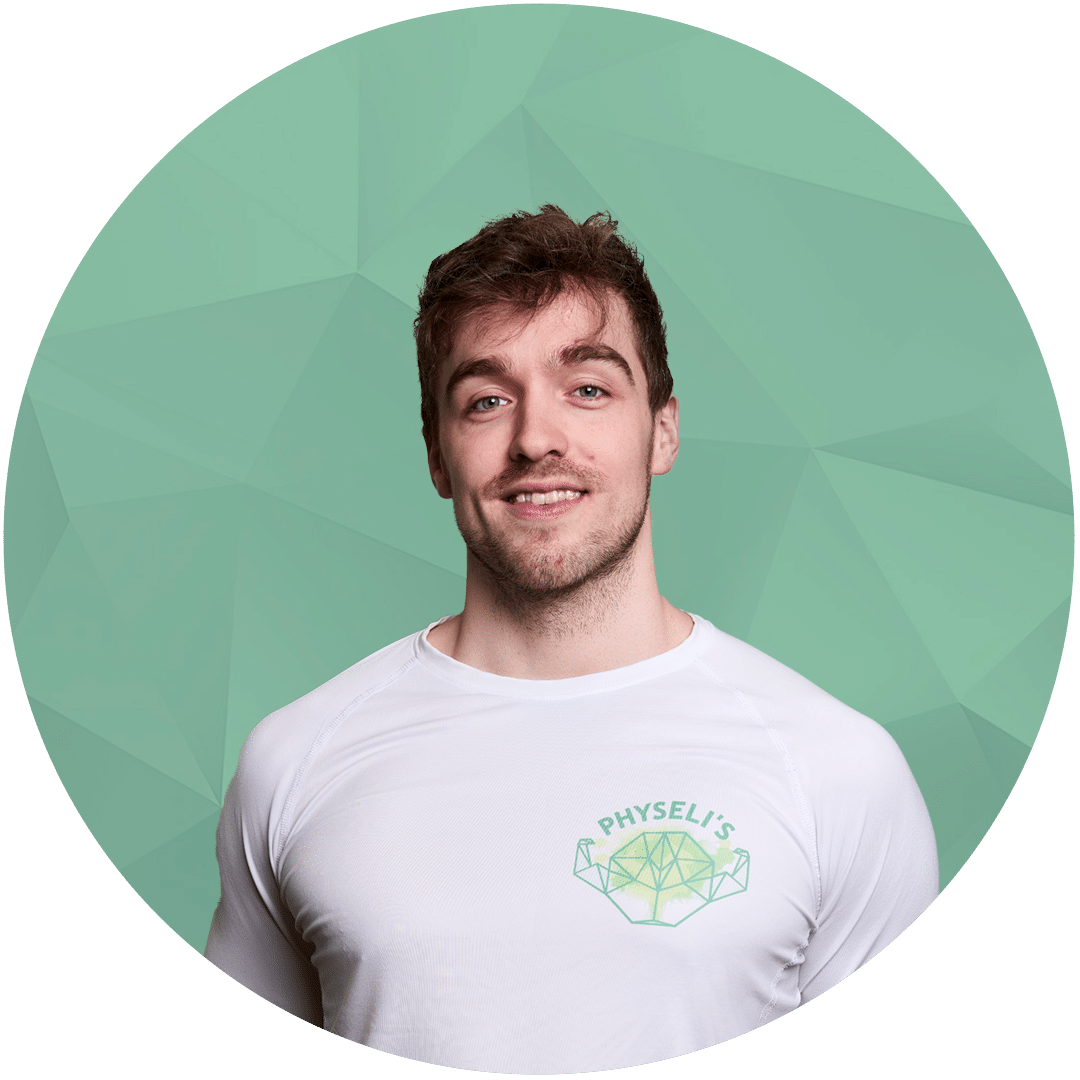
Rehablitation after injuries
American Football:
e.g. shoulder dislocation, cruciate ligament rupture, collateral ligament rupture, shoulder joint dislocationOther ball sports:
e.g. tendon injuries, ankle fractures, muscle injuriesCross Fit:
e.g. slipped disc, overload problemsCalisthenics:
e.g. shoulder injuries, back injuriesEveryday Heroes:
e.g. lumbago, knee prosthesis (knee TEP), hip prosthesis (hip TEP), humerus fractures, vertebral fractures, intervertebral disc operations
Persistent problems
Nerve pain:
Lumboischialgia, radiculopathy of the lumbar spine, spondylolisthesis (slipped vertebrae)Chronic pain:
e.g. back pain, neck pain & tensionSpinal disorders:
e.g. mould stenosis, facet joint irritation
Prevention & resilience enhancement
Health promotion in everyday working life and prevention of pain / injuries
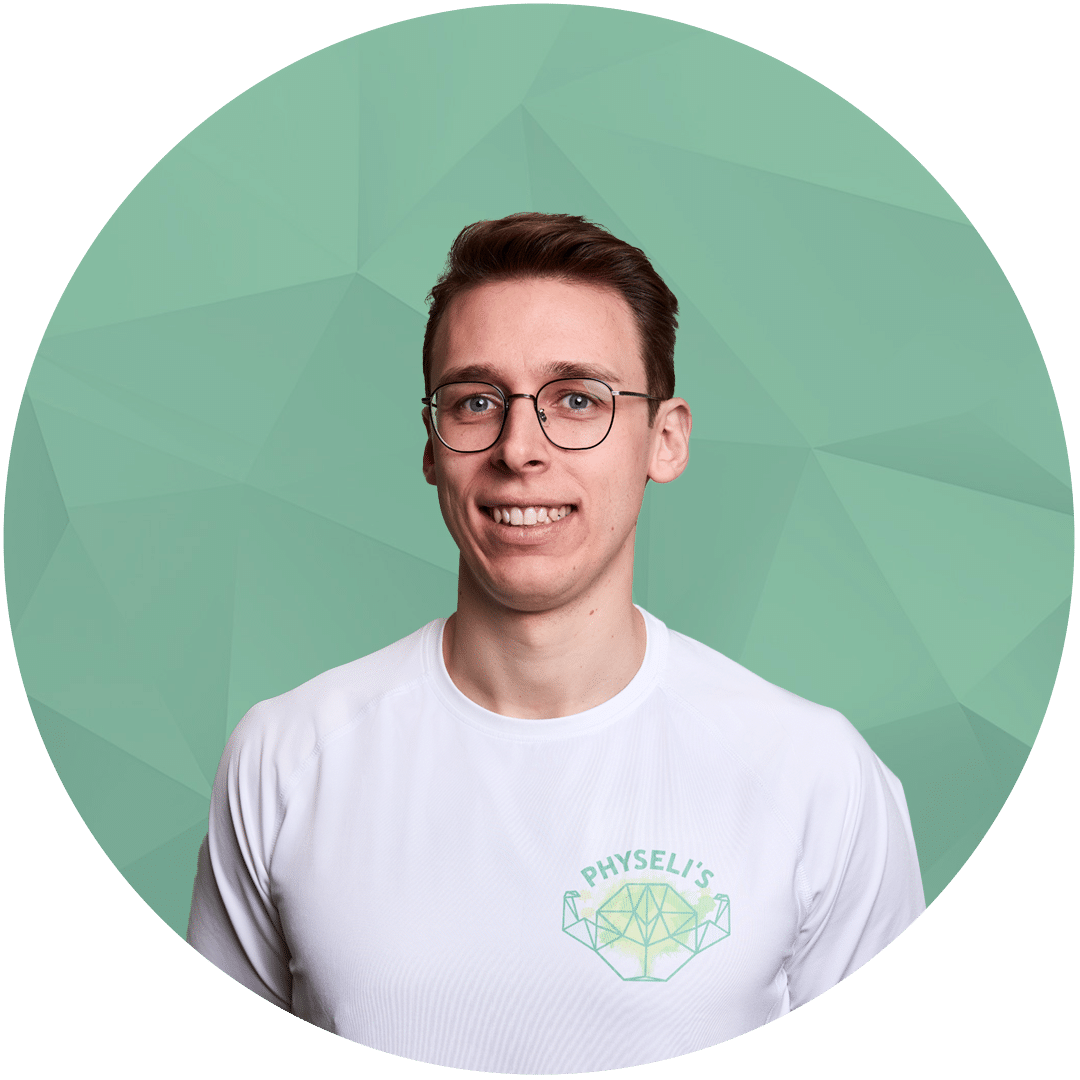
Rehablitation after injuries
Soccer:
e.g. cruciate ligament tear, supination trauma, Achilles tendon tearOther ball sports:
e.g. syndesmosis ligament tear, lateral ligament tearRunning:
e.g. patellar tendinopathy, runner’s knee, achillotendinopathyEveryday Heroes:
e.g. fracture of the neck of the femur, knee prosthesis (knee TEP), hip prosthesis (hip TEP)
Persistent problems
Nerve pain:
Lumboischioalgia, sciatic painChronic pain:
e.g. back pain, shoulder impingement, hip impingementBone density:
Osteoporosis, osteopenia
Prevention & resilience enhancement
Geriatrics-Fit in old age
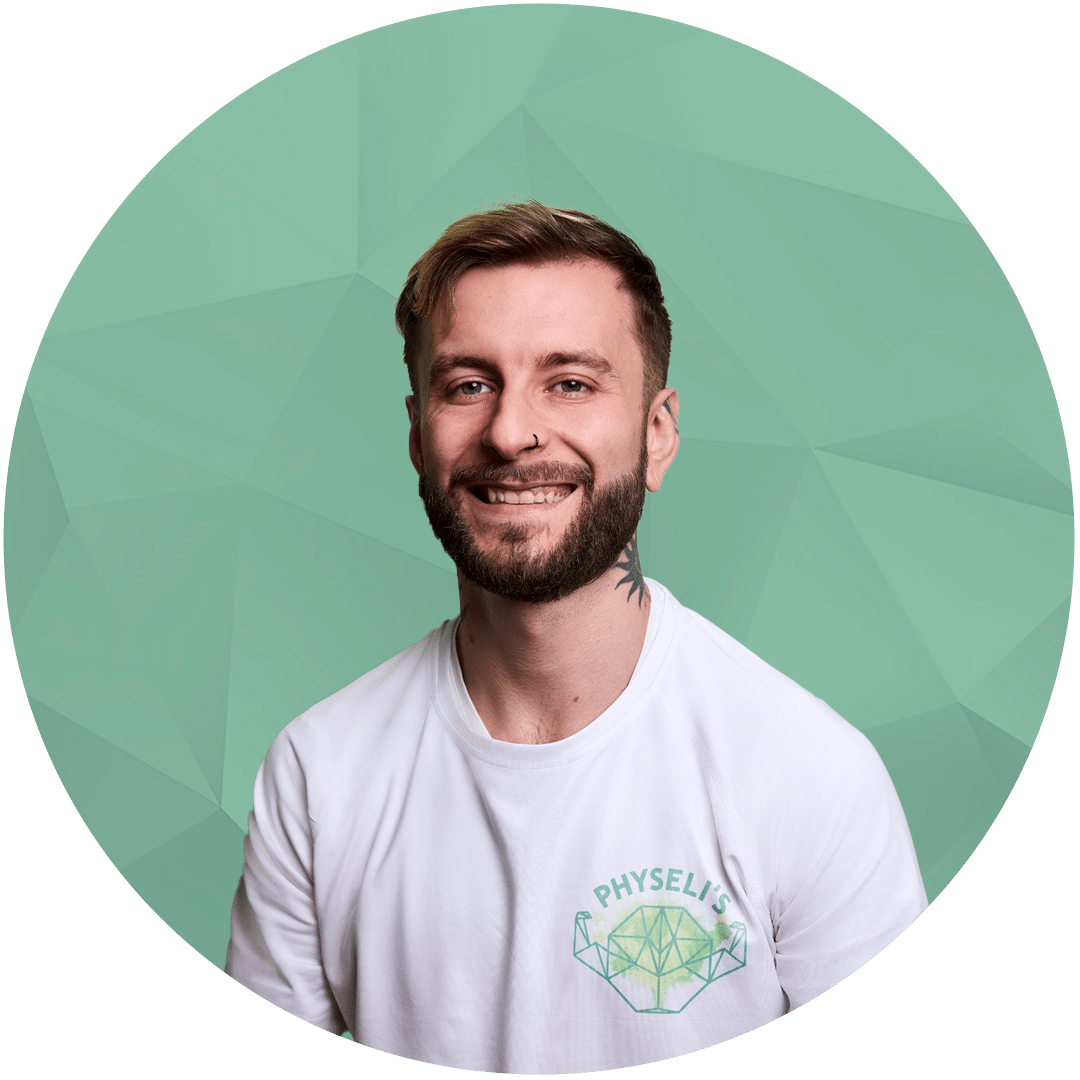
Rehablitation after injuries
Weight training:
e.g. muscle injuries, tendon injuries, herniated discsMartial Arts (Grappling & Striking):
e.g. cruciate ligament rupture, joint dislocations, bone fractures, soft tissue injuriesClimbing:
e.g. rotator cuff rupture, hand and finger injuries, ankle injuriesEveryday Heroes:
e.g. meniscus tear, lumbago, joint prostheses
Persistent problems
Nerve pain:
Cervicobrachialgia, carpal tunnel syndrome, lumboischialgiaTendinopathies:
e.g. impingement, tennis elbow/golfer’s elbow, achillotendinopathyChronic pain:
e.g. back pain, arthrosisPsychosomatic complaints:
e.g. burnout syndrome
Prevention & resilience enhancement
Health promotion tailored to professional and sporting requirements

Benjamin
Rehablitation after injuries
American football / basketball:
e.g. muscle strains, cruciate ligament rupture, Achilles tendon rupture, shoulder injuriesOther ball sports:
e.g. muscle injuries (thigh, calf, rotator cuff), torn ankle ligaments, meniscus lesionsWeight training and athletics
e.g. stress fractures, tendon irritation (Achillodynia, patellar tendon), shin splints (shin splints)Everyday Heroes:
e.g. pelvic and hip fractures, operations after shoulder dislocation
Persistent problems
Hip impingement
Hip and knee osteoarthritis
Nerve pain: radiating pain
e.g. herniated disc with radiculopathy- Chronic pain:Long-lasting pain in the lumbar spine area
Multiple sclerosis
Prevention & resilience enhancement
Exercise programs to increase general fitness
Workplace design to avoid overload and improve resilience
How do we work as physiotherapists?
Our physiotherapy specialties include Orthopedics, traumatology and (strength) sports . The complaints and clinical pictures mentioned below serve as examples of our range of treatments and do not claim to be complete.
Complaints or pain are usually multifactorial. If only the symptoms are treated, this may lead to a short-term improvement, but is usually not effective in the long term. That is why we value a detailed discussion and an examination using various tests, which we will carry out again and again to monitor the progress. It is very important to us that you better understand the background of your pain and why we do what we do in therapy!
We work evidence based . So we’re not going to lay hands on you, “smooth” your fascia, or “push” the pain away really hard with the force of our thumbs. We’ll show you a way how you can achieve your goals sustainably lifestyle adjustments , targeted (strength) training and exercises for self help that you can easily integrate into your everyday life.
The important thing is that we shape this process together and find the best way for you!
Physiotherapy for the feet and lower legs
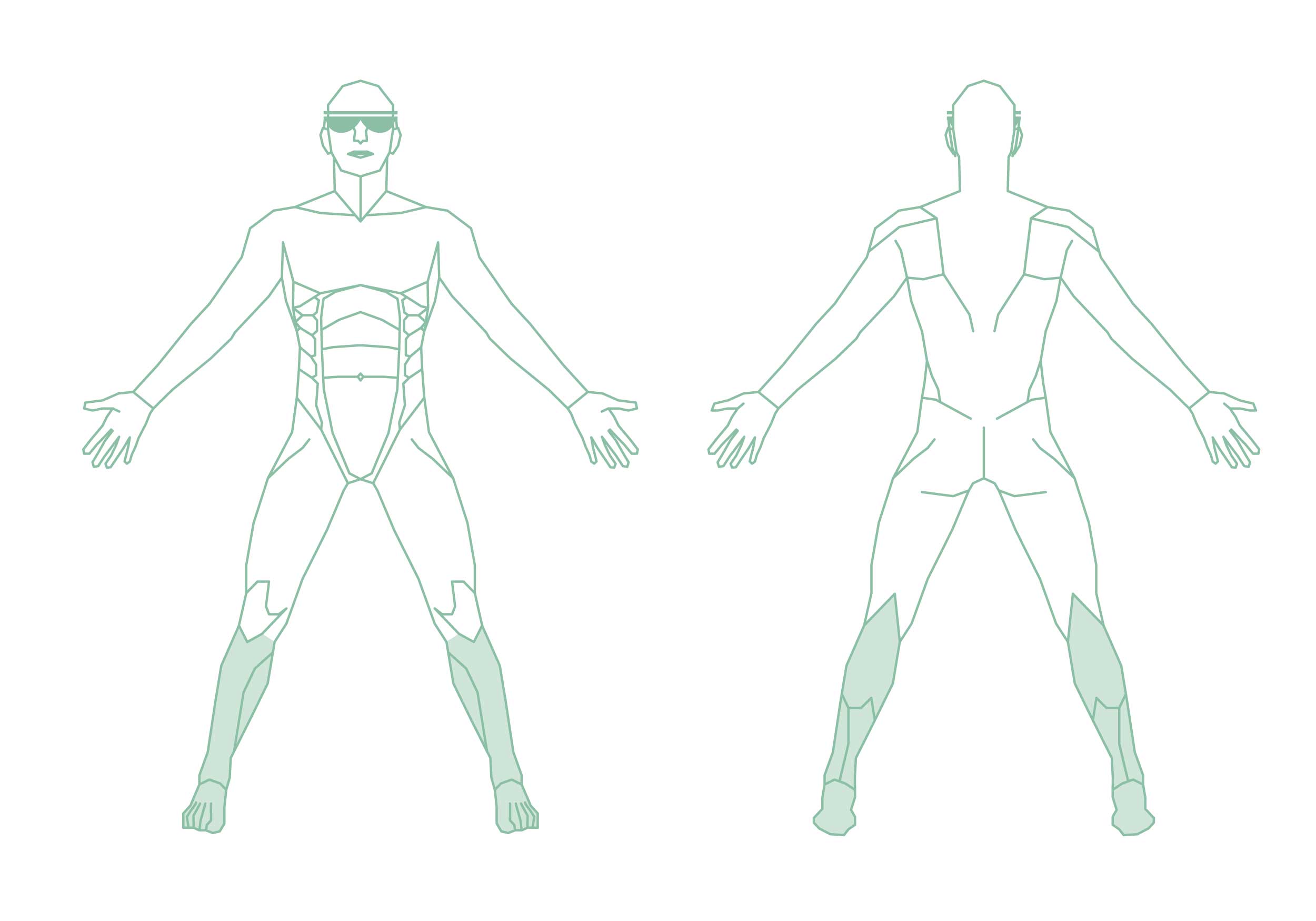
For conditions such as Achillodynia (chronic Achilles tendon irritation) or even instability in the ankle joint and frequent twisting of the ankle, we can show you specific exercises.
Physiotherapy is also important after accidents or operations in order to get fit for everyday life or your sport as quickly as possible and without consequential damage.
Examples include Achilles tendon ruptures, ligament tears often caused by twisting an ankle (supination trauma), fractures (tibia or fibula fracture), and so-called stress fractures of the midfoot.
Physiotherapy for knee joints, thighs, hips and pelvis
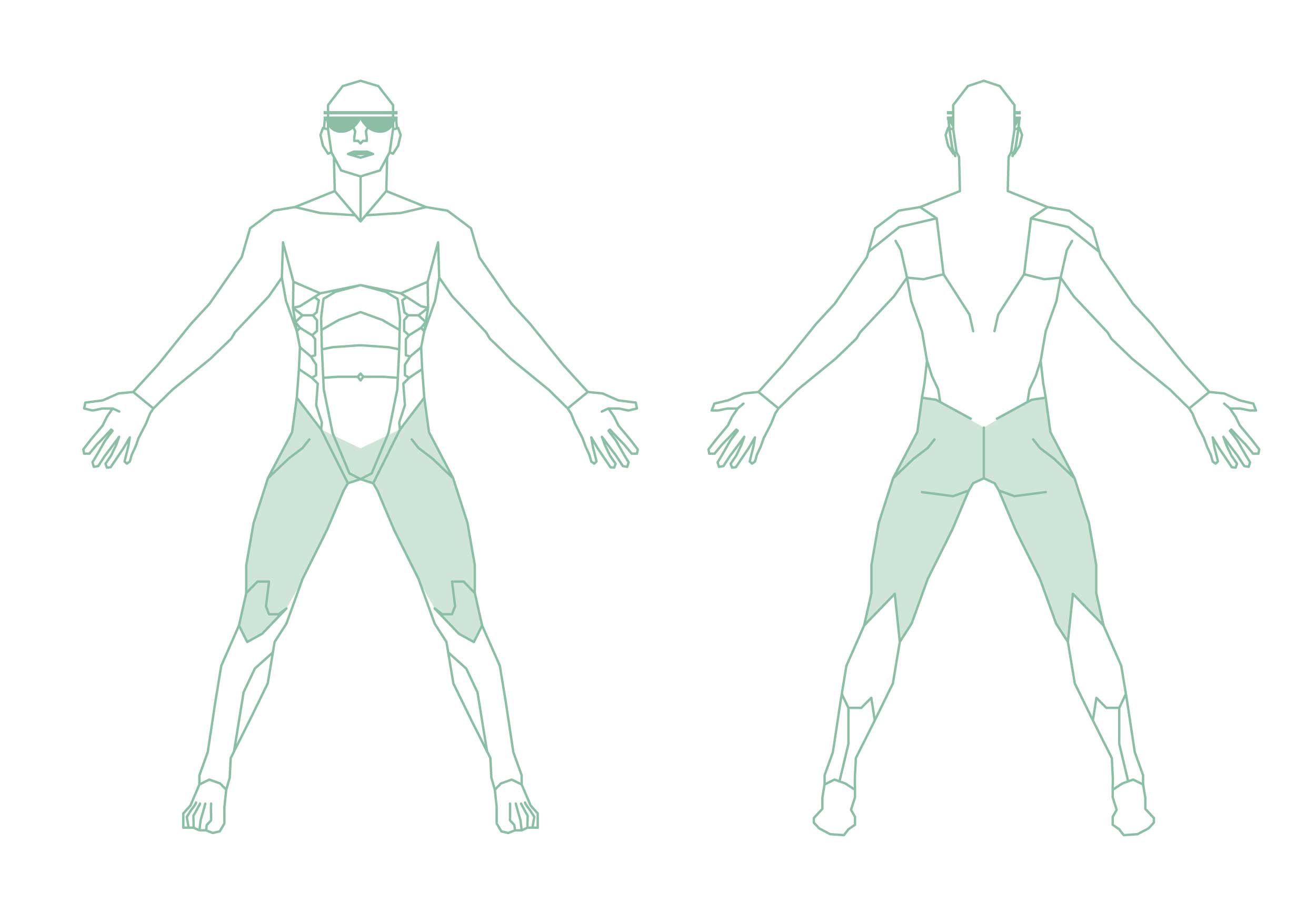
Knee joints:
Underloading(!) promotes the development of osteoarthritis, i.e. cartilage damage (so-called gonarthrosis). A frequent concomitant of knee joint complaints is the so-called Baker’s cyst, an outpouching of the joint capsule in the direction of the popliteal fossa. In this case, an adapted therapy can help to eliminate restrictions in everyday life or sports again.
Overuse syndromes such as patellar tendinitis (jumpers knee) or runners knee (tractus syndrome) can also occur in the musculature. Here we will find out together what kind of training or lifestyle adjustments will help you. Together we make your tendon more resilient!
The most well-known injuries in the knee joint include ligament lesions (cruciate ligament tear, collateral ligament injuries), meniscal lesions (Meniscus tear) or also patellar dislocations. Also postoperatively, after knee joint arthroscopies or the insertion of an artificial knee joint (knee prosthesis / knee TEP) , it is useful to optimize healing through physiotherapeutic measures.
Thigh:
Here, especially during sports, muscle strains or muscle fiber tears can occur. The major muscle groups that are usually affected here are the inner, anterior and posterior thigh muscles (adductors, quadriceps, sciatica/hamstrings). The most common breaks are here femoral neck fractures. In physical therapy, we then work to restore full strength to these structures.
Hip joints & pelvis:
As in the area of the knee joint, arthrosis (coxarthrosis) is a common complaint, which can cause, among other things. can result from congenital deformities (coxa vara / valga, hip dysplasia). Also a hip impingement can promote the development of osteoarthritis.
The aim of physiotherapy here is, among other things, to delay or completely prevent the use of an artificial hip joint (hip prosthesis / hip TEP) with targeted exercises and techniques. Groin pain, which can have various causes, should also be mentioned here.
Often a pelvic inclination diagnosed. However, this, if actually present, need not cause any discomfort. Also pain in the area of the sacroiliac joint are to be mentioned here.
The main goal is always that the pain is reduced and you can go about your daily tasks without restrictions.
Physiotherapy for the shoulder
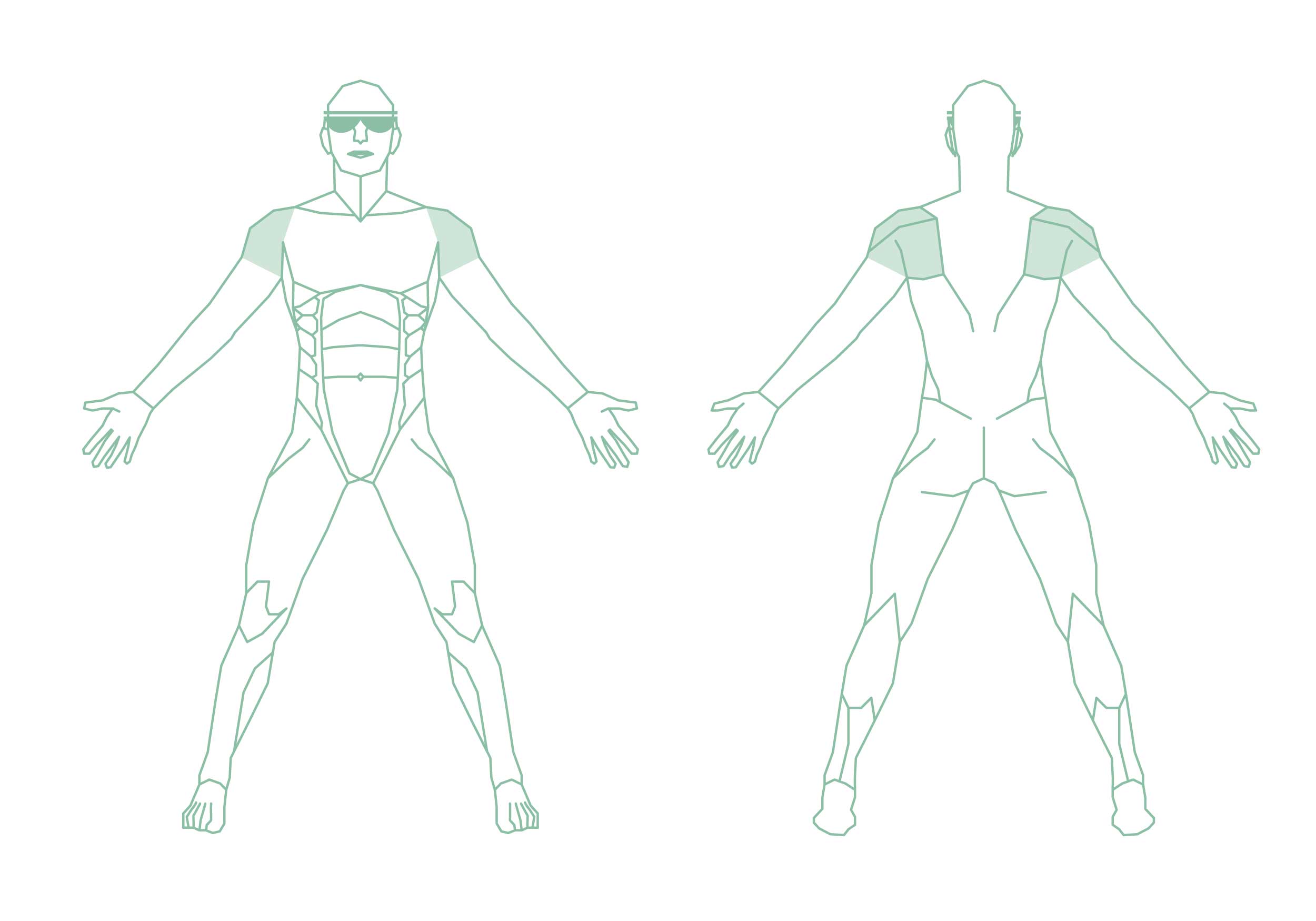
A common complaint here is the so-called impingement syndrome (in the meantime one speaks of the subacromial pain syndrome). A rotator cuff that is too weak often plays a role here. This problem can be counteracted by suitable physiotherapy and regular training.
Frozen shoulder, on the other hand, usually occurs without a known trigger. Accordingly, the therapy here is to be individually designed and must be precisely adapted to the current symptoms.
Common shoulder injuries include subcapital humerus fracture (fracture below the humeral head) and shoulder dislocations, which in more severe cases may also involve injury to the labrum and long biceps tendon (SLAP les ion). Injuries to the muscles surrounding the shoulder joint (rotator cuff tears) and to the ligamentous appendage of the acromionclavicular joint (the small joint between the collarbone and the acromion) also occur.
Our goal will be that you are initially as pain-free as possible and then can fully restore the mobility and strength of your shoulder with targeted training.
Physiotherapy for elbow, forearms and wrist
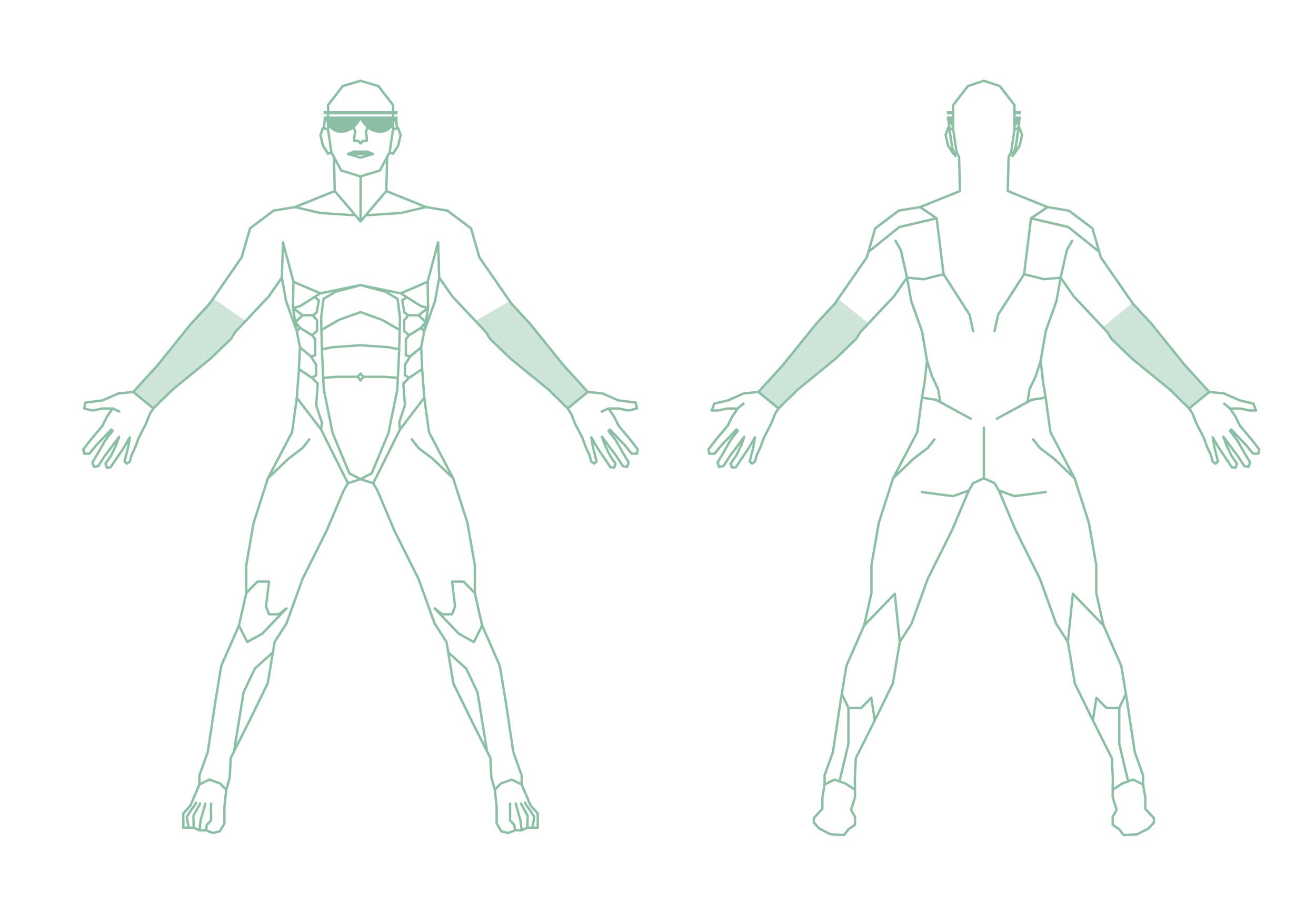
In the area of the elbow, there are often symptoms of overuse of the muscles, the so-called “tennis or golf elbow“. However, these are usually caused by other activities than their name suggests, such as frequent and long hours of computer work and without compensation. In the area of the forearm, such overloads can lead to the well-known tendinitis (tendovaginitis) to lead.
In order to become pain-free again and prevent a renewed overload, we will gradually increase the load through strengthening exercises for the forearm muscles. Fractures in the forearm often affect the radius (radius fractures). Bone healing should also be supported by targeted training so that it is as resilient as before.
Physiotherapy for lumbar, thoracic and cervical spine
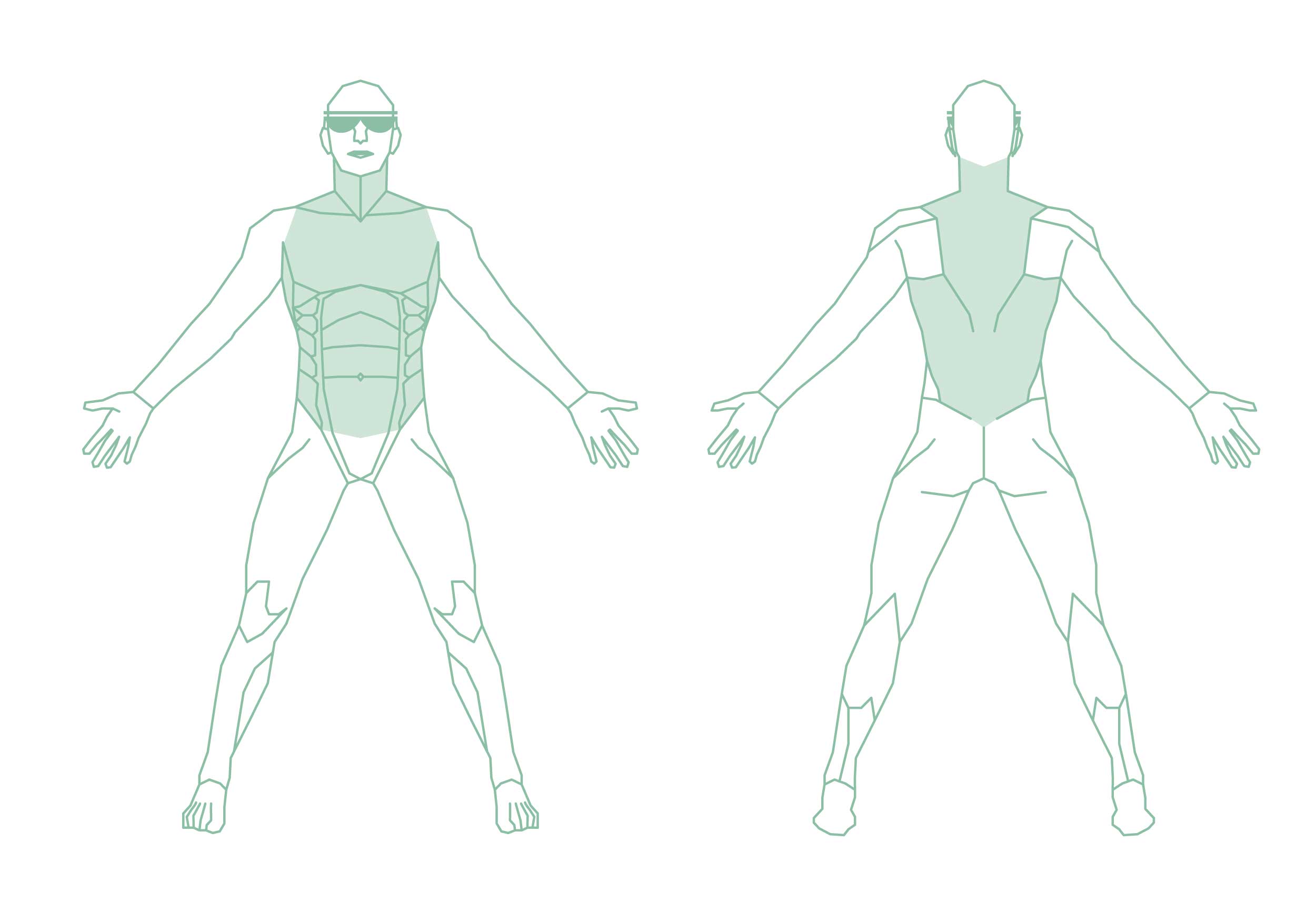
Complaints in the area of the lumbar spine and back pain are often very unspecifically summarized as lumbalgia or lumbar syndrome. Colloquially, one also speaks of lumbago or classically of low back pain. As soon as it lasts more than 12 weeks, it is called chronic back pain. In the area of the cervical spine, various symptoms are grouped together under the term cervical syndrome (CVS). Often it comes to recurring neck pain, which is known to many.
The pain can be caused by various structures including: the small facet joints of the spine, muscles or even the intervertebral discs. Very often, however, no structural cause can be identified. However, this does not mean that your pain is dangerous or that you shouldn’t move.
Together we will strengthen resilience and confidence in your back again! Active exercise therapy is an important component of pain management for chronic back pain.
In the case of a herniated disc (disc prolapse) or lumbar stenosis(spinal canal stenosis, foraminal stenosis), irritation of nerves and radiation of pain into the legs (sciatic pain) can also occur. The recovery of the resilience of your back and nerves can be optimally supported by targeted training.
In addition to herniated discs, cervical spine thoracic outlet syndrome can cause radiating pain or tingling in the arms. A typical injury is also the so-called whiplash, which can affect various structures of the cervical spine
Another injury to the spine is vertebral fractures. Depending on the cause of the accident, these can happen at any age, but the risk is particularly high in older people, as they more often suffer from osteoporosis. After fracture healing, adapted training is recommended to prevent further fractures and regain resilience.
